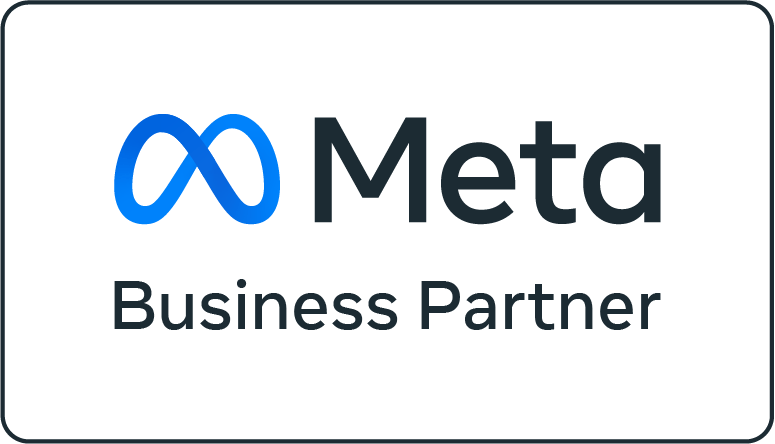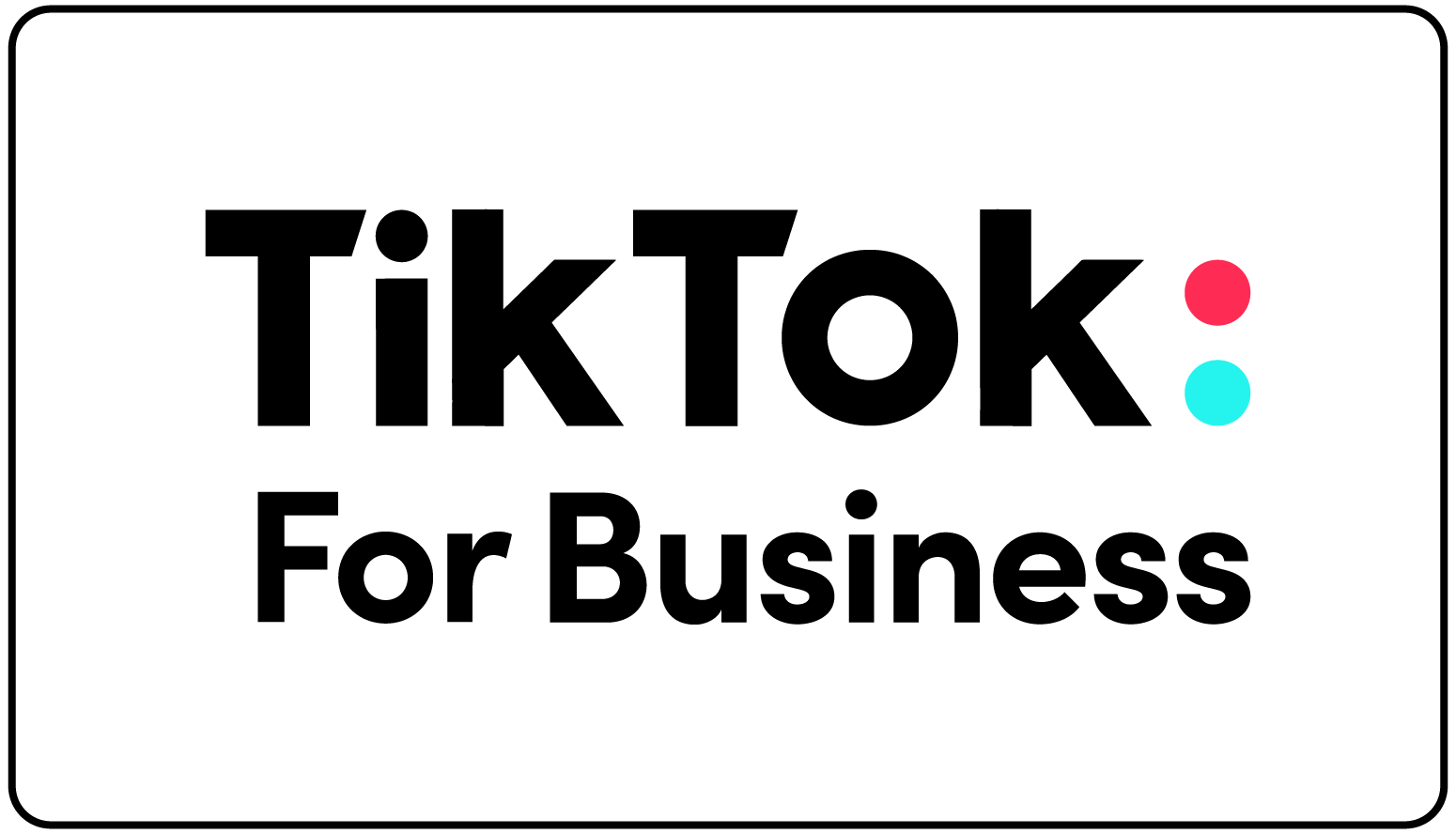Building a Great Digital Marketing Strategy
[0:17] Introduction to The Marketing Expedition Podcast hosted by Rhea Allen with Chris Madden
[0:36] Advertising game on the Big game
[8:14] Chris’ background and bio
[13:06] How Matchnode helps their clients: Driving ROI
[16:29] Useful and creative platform tools
[20:28] How to achieve maximum effectiveness with ChatGPT and AI copywriting tools
[27:02] Transactional versus informational searches
[31:15] Integration of QR codes in tracking ROI
[34:09] The value of an ad campaign
[38:44] Landing page conversion
[42:01] What Chris wished he had known before starting his career
[43:55] Challenges a leader/entrepreneur has to overcome
[54:57] Chris’ advice to future generations of entrepreneurs/marketers
[57:38] Closing and wrap-up
On a marketing standpoint, it is a general knowledge that in order for a business to thrive, it must be able to understand its target audience, establish clear goals, have a well-defined brand message, and comprehend useful digital platforms that could help optimize desired results. The question left to ask is: how can you create an effective digital marketing strategy that holistically do all these things for you?
This episode of The Marketing Expedition Podcast hosted by Rhea Allen with Chris Madden discusses about building a great digital marketing strategy. Chris, with his team at Matchnode, help their clients get better ad results and drive ROI through using creative and technicalities as leverage and utilizing platform tools like Frame.io for ad displays, Databox for managing advertising data, and Asana for project management to achieve goals.
On the subject of technology, Rhea asked Chris about the integration of AI in their workflow. There are AI copywriting tools that helped implement versions or ideas of ad campaigns. For instance, their design team uses image generator AI tool to create the client’s ideation or imagery and visual assets. With the rise of AI, ChatGPT is definitely becoming a powerful tool, though it’s released just recently. It is important to take advantage of any available AI tool on hand to get the result you want to achieve. In short, integrating the tool to a client’s ad strategy is a very practical action to take.
In this age, many things affect how consumers and businesses buy things and get information. Chris then shared the concept of transactional versus informational searches which he learned from a friend. With informational searches, a user gets on the website to learn something or look for the information they wanted to attain (e.g., using voice searches and personal assistants). On the other hand, transactional searches are the queries of a user who wants to complete a transaction (e.g., buying something and signing up/registering). This would mean that transactional searches are the nearest on the verge of a conversion, and that’s why you would want to create interactions that are transactional. QR codes, to illustrate, became very helpful to create conversions that lead to transactions during the pandemic. For agile marketers, the pandemic became an opportunity to incorporate this specific technology to the business to find a creative conversion and track it.
Tracking conversions is a great way to increase the value of ad campaigns, but how do we track conversions? Chris thoroughly illustrated it through the picture of a user buying something online, since everyone is on the internet. Basically, digital marketers put tracking code on their client’s website, and then the user sees the ad, maybe clicks the ad, and buys the thing. When something is bought, the system fires back to the ad platform to inform them that a transaction happened for this specific user. It also gives the details of whether that user saw your ad before buying it or not, because conversion only happens when the user sees your ad, clicks on it, and actually buys the product. Landing page conversions could be a good trick for some businesses. Newsletters are also one way to make conversions by optimizing the people who stay on reading it, and see the ad. Going deeper into the topic, it is also important to know that clicking on the ad and viewing the ad are two different things when measuring and tracking conversions. The differences play an essential role to identify why did this person convert, their behavior, and influence. This conversion path leads you to know the value of the ad campaign relative to the dollar the client put into it.
With all his experiences in digital marketing, Chris shared his biggest challenges as a leader and an entrepreneur. From hiring to managing teammates, Chris learned many things that eventually improved the company culture, even when the work setup transitioned from being in the office to working remotely. There are definitely benefits to working remotely, but one big challenge is not having spontaneous communication, which normally takes place when teammates are in the office. Matchnode team revamps this by meeting together every once in a quarter in a different place, working, eating, and wandering around together. By having clear and established goals for each teammate and for the whole organization, communication could still be consistent even in a remote work setup. Chris also handed out a piece of advice to future generations of marketers and aspiring entrepreneurs: follow your curiosity and dig deep where you can add value in the world of digital marketing.
Resources:

